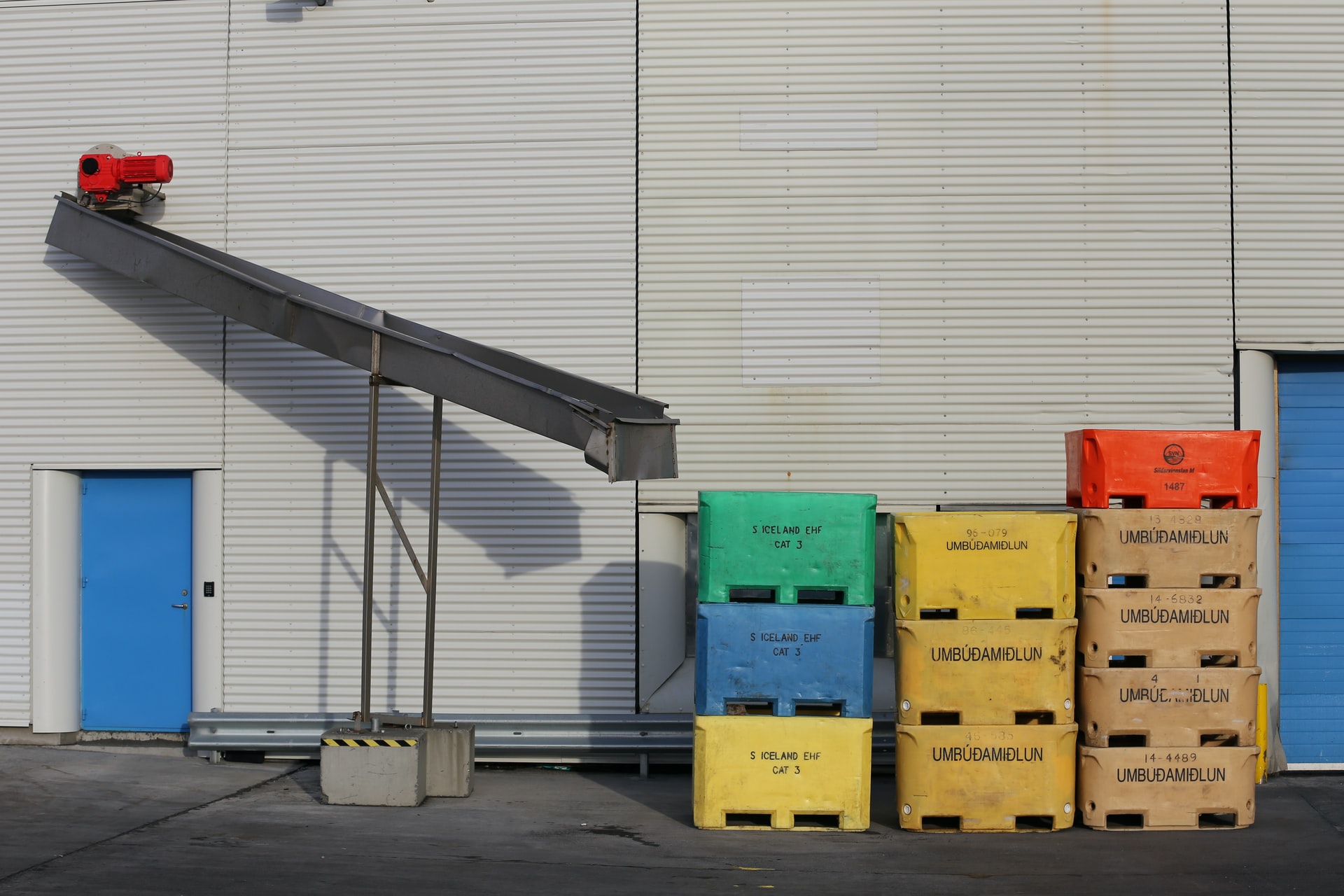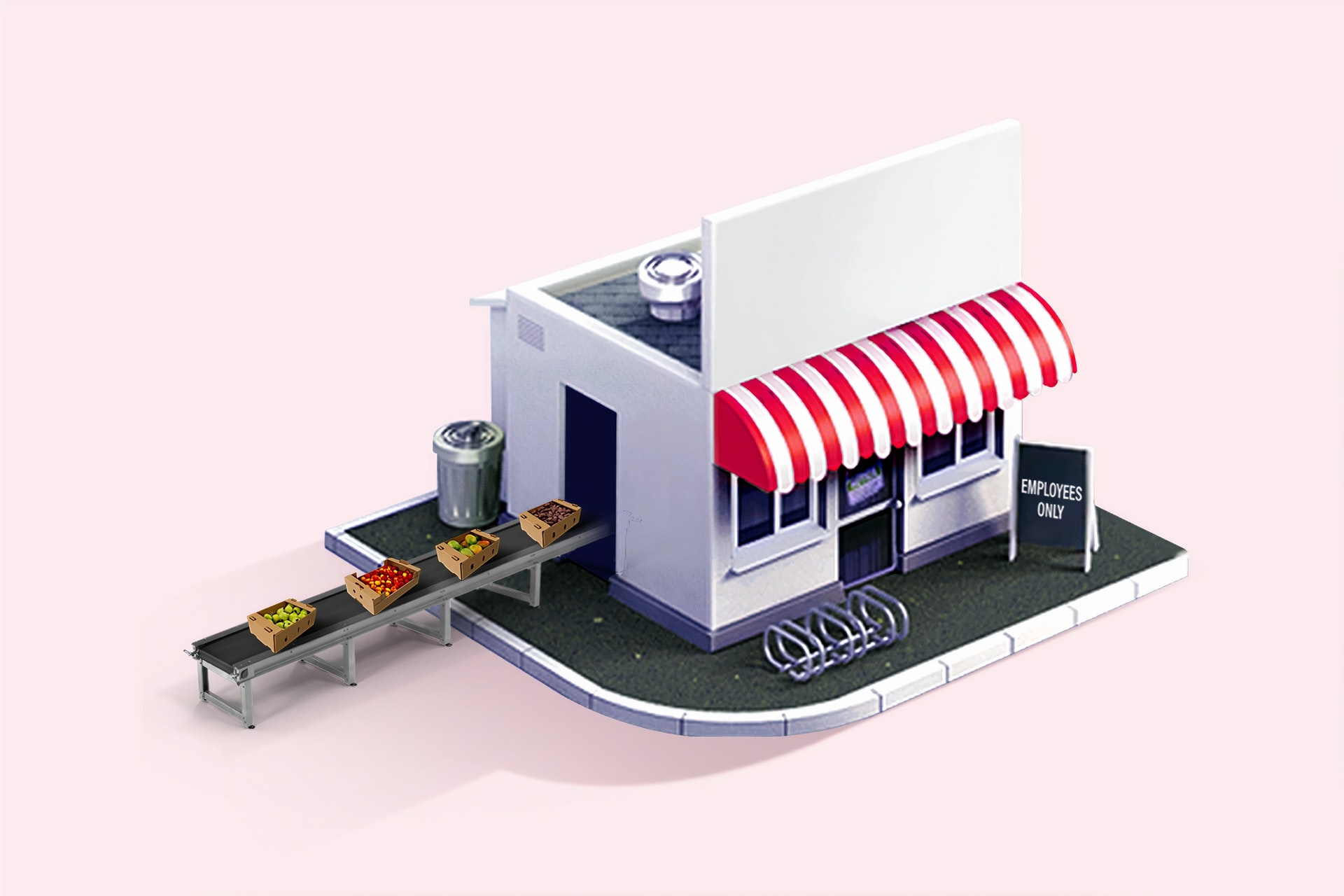A conveyor system is a very common piece of equipment used to transfer various items from point A to point B. We have all seen one, usually the small type, in supermarkets. It is that small rubber belt that moves your groceries and everything else closer to the cashier.
However, this is not the only usage of said system. Mostly, they are used for transportation of much larger and heavier items. It is very efficient compared to manual transport and for that reason, it is essentially found in most of factories making work easier, faster and more efficient. Also, a very popular type of this machine is the one used in airports for luggage distribution.
How does it work?
There are several different types of conveyor systems, differentiating in size, power, material from which they’re made and so on. What they all share is the same basic principle of how they work. Let’s take a basic rubber conveyer, for instance, to easily explain how they work. Again, the same principle is applied to any of them regardless of type.
What we need in order for it to work is – a belt, which is a track on which the product will be placed and be transported and two pulleys (or more, depending on type) which will be used to power the whole system. So, imagine a two-cylinder rollers and a belt stretched tightly all around them, forming a closed loop.
When you rotate one of those rollers, by inertia, the belt starts moving as well. You only need to move one of those rollers, or pulleys as they’re called, the other will move in accordance to it. Both of them must move in a single direction in order for it to work. That’s the basic principle on how this thing operates.
Benefits of the conveyor system and where are they used
The benefits of these systems are fairly obvious. If the goal is to move something, from one place to another, this is by far the most efficient way. It would be very time consuming, tiring and in addition sometimes even impossible for a human to move certain stuff on foot and by hand.
These systems are used basically everywhere for they are indefinitely more efficient than manual transportation. They are used in so many industries nowadays, but they have been present in one form or another for a very long time. One of the earliest types would be the ones used in mines or even some primitive types used to transport building materials, large pieces of stone and so on.
Nowadays, most of them are motorized, so you don’t have to manually operate them. You could find them in any large or even small scale factory, whether it’s the automotive or food industry. You could move a car chassis or canned goods. The important thing you need to know is, what will be the goods that are moved or sorted, their size, weight, shape and so on. If you want to become better acquainted with different kinds of conveyors, you can visit Mainway and check them out for yourself.
Maintenance

As far as maintenance goes, it is pretty much the same as for any machine out there. You should regularly inspect it, pay close attention to motorized parts, follow the guidebook and provide proper instructions and training for the operators.
Types of conveyors
The ones that we have mentioned so far are fairly easy to imagine as far as how do they look and operate. Those, however, are just one of many different types. Now we’re going to go over some of the most commonly used types and their area of application.
Belt
These were the ones we used as an example as to how these machines work. These are very common because of their widespread usage. They could be used to transport virtually anything, from bag of groceries on a supermarket counter to large amounts of construction materials such as sand or stone. They differ in size and strength based on their application.
Chain
Chain systems are mostly used for moving items though assembly lines. As the name says, instead of a belt loop around pulleys, these use chains. It’s a continuous circuit, usually motor driven and it transports items that are suspended from chains. Items vary based on industry in which the system is used. Most commonly, this type of conveyor is used in automotive industry, painting and coating industry and others that benefit from a suspended type transport.
Electric Track Vehicle (ETV)
ETV system is ideal for transport of light items. This system can move objects both vertically and horizontally, via straight line or a curve. When it was first introduced it was used for document transport in large offices, but with further enhancements several other industries have applied this method of transfer. Now you can find it in hospitals, moving everything from records to pharmaceuticals, libraries, manufacturing factories etc.
Gravity
Fundamentally, this is a giant slide. It’s an unpowered system which uses force of gravity to transport items downwards. Not very common or universally applicable, but still present in some instances.
Vertical
These ones are used for transporting materials from one floor of a factory to another. Even though they are similar to freight elevator, vertical conveyors are not suitable for people transport. They can be paired up with vertical models, to make the transport even more efficient and effortless.
Pneumatic
These are closed type systems that use pipes or tubes as transport lines to carry materials. These are used for powder-like materials, for example cement. Product is mixed with air and transported by air pressure.
Heavy-duty roller
This system is used for moving items that weigh over 250kg. Usually used in automotive industry or for handling any kind of heavy machinery. These could be any of the previously mentioned types, just sturdy and tough enough to efficiently do the heavy work.
It conclusion, it is clear that most of the modern industry would be much slower and less efficient if it were not for conveyers. They are essential part in every warehouse, factory or production centre.









